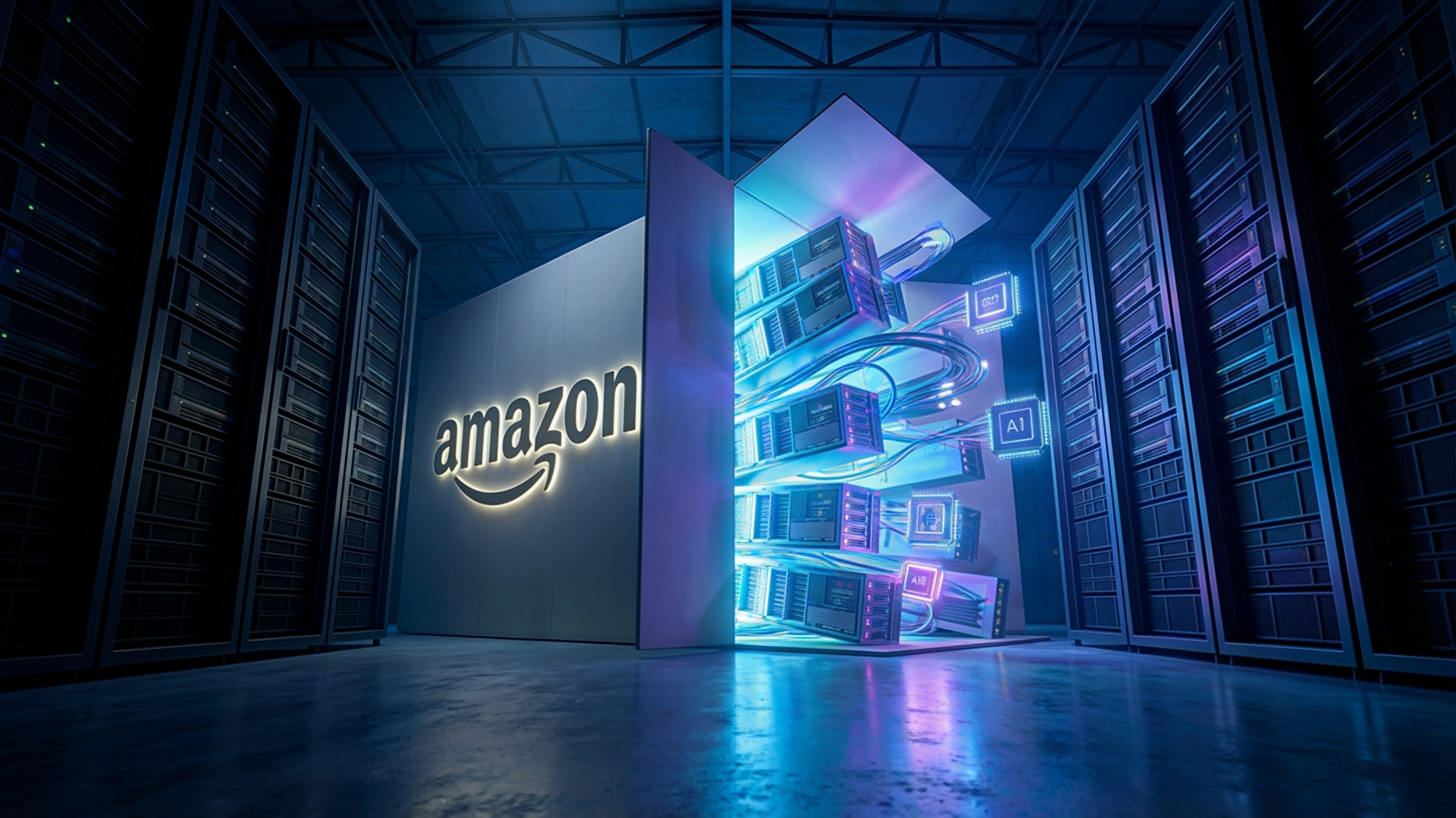科技巨頭 2025 年 AI 資本支出競賽:Amazon 以逾 1,250 億美元領跑

數字令人震驚。2025 年,Amazon、Microsoft、Alphabet 和 Meta 預計合計資本支出將達 3,600-4,000 億美元,年增幅約 60%,其中絕大多數將投入 AI 相關基礎設施(數據中心、專用晶片、GPU/Trainium 叢集)。
2025 年 11 月 24 日,BNP Paribas Exane 首度覆蓋 Amazon,給予「優於大盤」評級及 320 美元目標價——目前為主要券商中最高,較 11 月 26 日收盤價約 230 美元有約 39% 上行空間。
2025 年資本支出指引——四大科技巨頭
| 公司 | 2025 年資本支出指引 | AI 主要聚焦領域 |
|---|---|---|
| Amazon | >1,250億美元(2025 年多次上調) | AWS 超大規模叢集、Trainium/Inferentia 晶片、主權及政府雲端 |
| Microsoft | 800-1,210億美元(2026 年 6 月財年結束) | Azure 擴展、OpenAI 基礎設施、企業級生成式 AI |
| Alphabet | 約 910 億美元(由 850 億美元上調) | Google Cloud TPU、彌補過往產能短缺 |
| Meta | 700-720億美元 | Llama 模型、AI 驅動廣告、大型單一數據中心 |
資料來源:公司公告、財報電話會議、BNP Paribas Exane、BBC、Bloomberg、Reuters
BNP Paribas Exane 為何看好 Amazon
BNP Paribas Exane 分析師認為,市場對 Amazon 在 AI 領域投資不足或進展落後的擔憂「過於誇大」,因為公司已公開的支出與規劃顯示其投入充足。Amazon 財務團隊曾討論 2025 年資本支出預期約 1,250 億美元,並預計 2026 年將更高,且明確表示絕大多數資金將用於 AI 基礎設施,如數據中心、網路及 AWS 專用加速器。
該報告強調了 Amazon 在本輪資本支出週期中的幾個差異化亮點:
- 垂直整合: 透過自研 AI 晶片(如 Trainium 和 Inferentia),管理層指出相較僅依賴第三方 GPU,能帶來潛在成本與效率優勢,長遠有助於價格與產能彈性。
- 多元變現管道: AI 基礎設施不僅支援 AWS 企業與政府工作負載,還能提升廣告相關性、優化物流及消費者服務,為 Amazon 帶來多元營收轉化途徑。
- 長期利潤率故事: 報告假設 AWS 增速重回 20% 中段區間,廣告年增 20-25% 以上,推動集團營運利潤率於多年期內擴張,實際結果仍取決於執行力與市場需求。
主要投資人爭議與風險
| 爭議/風險 | 代表性「多頭」觀點 | 代表性「空頭」觀點 |
|---|---|---|
| 資本支出規模 | 大規模 AI 資本支出被視為雲端、AI 服務及廣告長期需求的保障,現有支出反映工作負載結構性成長。 | 有投資人擔心產能擴張快於需求,導致資本回報率下降、資產閒置。 |
| 回報時點 | 樂觀者預期 2026-2027 年隨生成式 AI 專案從試點轉向全面部署,利用率與變現將大幅提升,特別是在雲端與企業軟體領域。 | 保守觀點則關注短期自由現金流壓力,以及實驗階段轉為大規模 AI 支出的速度仍具不確定性。 |
| 競爭地位 | 支持者認為 Amazon 全方位策略(從晶片到雲端再到消費應用)相較僅聚焦單一層級的同業更具持久優勢。 | 批評者則指出 Microsoft Azure 及 Alphabet/Google Cloud 勢頭強勁,質疑單一企業能否長期領先。 |
| 總體經濟敏感度 | 有觀點認為雲端與 AI 支出正趨向「基礎設施化」,即使消費支出放緩,對關鍵任務型工作負載仍具韌性。 | 另有擔憂認為,若經濟全面放緩,數位廣告預算與電商交易量——Amazon 與 Meta 的關鍵收入來源——將受壓抑。 |
即將到來的催化劑/數據觀察點
- AWS re:Invent——2025 年 12 月初
市場參與者預計將關注新 AI 服務、模型產品、產能擴充等公告,以及展示生產規模工作負載的客戶案例。
- Amazon 2025 年第四季財報——預計 2026 年 1 月底/2 月初
重點指標包括 AWS 收入增長率、分部營業利潤,以及管理層對 AI 需求與 2026 年資本支出規劃的評論。
- 同業財報與最新指引——2026 年初
Microsoft、Alphabet 及 Meta 於 2026 年初的財報預計將揭示資本支出走勢、AI 產品採用情況,以及各公司如何在投資與自由現金流間取得平衡。
這些事件有望進一步釐清 AI 投資轉化為營收的速度,以及資本支出水準在 2026 年是否維持高檔、趨於溫和或進一步上升。
Amazon 技術面觀察
撰文時,Amazon(AMZN)股價約 229 美元,較近期低點小幅回升,並穩守 218.45 及 213 美元等重要支撐區。若跌破這些區間,可能引發賣壓湧現;若向上突破,則 250.15 美元壓力位將再度成為市場焦點——此區域或為部分交易者獲利了結或尋求新買點的關鍵。
RSI 指標持平於 50 附近,顯示動能中性,市場在近期回調後仍在尋找方向。

所引用的績效數據不代表未來績效之保證。



